Table of Contents Show
I. Introduction
The use of Artificial Intelligence (AI) and Machine Learning (ML) in today’s cutting-edge technologies has helped progress in fields as different as medicine, finance, transportation, and more. These methods allow computers to learn from experience and steadily improve their jobs, letting them take on more demanding challenges and make wiser choices. But what is the role of AI in the space exploration industry? Even green energy companies are using AI, and we can see huge growth in Sustainability Jobs.
AI is affecting us in many ways. Space travel is a must for humanity to develop and learn more about the cosmos. It has paved the way for many breakthroughs in science and technology and encouraged many people to pursue careers in STEM fields. By venturing further into space, we increase our chances of finding new materials, learning more about the universe, and making contact with aliens.
Data analysis, satellite imaging, space telescope improvements, spacecraft design, and other uses of AI and ML in space exploration will all be covered in this article. These technologies’ potential impact on space exploration’s future will also be discussed.
II. The Application of AI and ML in Space Exploration
A. Assisting in the analysis of large datasets from space missions
AI in space technology has helped a lot with analyzing the vast amounts of data space missions produce. In space science, machine learning helps with processing and interpreting large data sets, speeding up the process of finding new things and making more accurate predictions. To do this, you need to look at telemetry data from spacecraft, find patterns and trends in astronomical observations, and even predict solar events that could affect how satellites work.
B. Improving satellite imaging and data interpretation
In the space industry, machine learning has also made a big difference in how far satellite imaging has come. AI-powered algorithms can make images more precise, eliminate noise and interference, and spot minor environmental changes that might not be noticed otherwise. These changes make it easier to track natural disasters, keep an eye on the Earth’s resources, and help the military.
C. Enhancing the capabilities of space telescopes
The use of AI in space research and industry has significantly advanced space telescope technology. Machine learning algorithms can sort through huge amounts of astronomical data and find patterns and interesting objects that a person might miss. This means finding new things in space and learning more about the universe, like exoplanets and galaxies far away. Emotional AI is very handy in this matter.
Augmented intelligence is very useful in this. How this is different from Artificial Intelligence, you can read here.
D. Optimizing spacecraft design and trajectory planning
The use of artificial intelligence in the space industry has also enabled the improvement of spacecraft design and trajectory planning. AI algorithms can simulate different outcomes, weigh the pros and cons of other options, and find the best choices for spacecraft design, propulsion systems, and mission preparation. As a result, resources can be used more effectively, improving mission success rates.
E. Automating spacecraft operations and maintenance
AI in space science has made it possible to automate much of the work that goes into operating and maintaining spacecraft. Autonomous systems can keep track of a spacecraft’s health, spot anomalies, and carry out self-repairs, requiring less human involvement and extending mission life. Spacecraft that AI runs can also adapt to changing conditions in space. This makes missions more flexible and long-lasting.
III. AI-driven Innovations in Space Mission Planning
A. Swarm intelligence and the deployment of satellite constellations
Swarm intelligence has been used to deploy satellite constellations. The group behavior of natural systems like flocks of birds or schools of fish inspired it. AI-driven algorithms can better coordinate and place satellites, which makes communication and coverage more practical. This strategy has dramatically helped Earth observation and global connectivity projects like SpaceX’s Starlink and Amazon’s Project Kuiper.
B. AI-powered pathfinding and mission optimization
AI-powered pathfinding algorithms have changed the way we plan for space missions. AI can figure out the best paths for spacecraft by looking at several factors, such as gravitational forces, fuel consumption, and mission requirements. This cuts down on travel time and the number of resources needed. This has made it possible for bold missions like the European Space Agency’s Solar Orbiter mission and NASA’s Artemis program, which aims to send people back to the Moon.
C. The use of ML algorithms for spacecraft propulsion and fuel efficiency
Machine learning algorithms are essential for improving spacecraft’s propulsion and fuel efficiency. ML can enhance engine designs, find the best fuel mixtures, and make intelligent control systems that adapt to changing environments by analyzing performance data and simulating different scenarios. These developments help make space missions more affordable and cost-effective.
IV. Robotics and AI in Space Exploration
A. Advancements in robotic space probes and landers
We know how AI is made. There are many elements involved, including robotics. Robotic space probes and landers are now capable of carrying out complex tasks on their thanks to AI, which has significantly impacted their development. For instance, NASA’s Mars rovers, such as Curiosity and Perseverance, use AI to navigate the Martian landscape, conduct scientific experiments, and transmit data back to Earth. These high-tech robots have helped us learn more about Mars and opened the way for future human exploration.
B. The role of AI in the development of autonomous robotic systems
The creation of autonomous robotic systems for space exploration heavily relies on AI. Robots can work independently in harsh conditions by combining AI algorithms with cutting-edge sensors and control systems, like low gravity or high temperatures. Missions to faraway planets or asteroids, where communication delays make real-time remote control impractical, benefit from this independence.
C. The potential of robotic AI in constructing and maintaining space infrastructure
Robotic artificial intelligence (AI) could change how space infrastructure like space stations, lunar bases, and even extraterrestrial habitats are built and kept up. AI-enabled autonomous robots could assemble structures, fix damaged parts, and perform routine maintenance. This would make it less critical for astronauts to do these tasks, making them safer and more effective and letting them focus on more critical mission goals.
V. AI for Extraterrestrial Life Detection
A. Machine learning algorithms for analyzing biosignatures
We know Machine Learning can improve business intelligence. Biosignatures are the chemical, geological, or physical signs of life. Artificial intelligence, especially machine learning algorithms, has dramatically helped analyze biosignatures. ML algorithms can look at data from telescopes, spectrometers, and other instruments to find patterns and signatures that point to the existence of life on other planets. As a result, sorting through enormous amounts of data has been sped up, and efforts to detect life have become more accurate.
B. AI-driven methods for detecting habitable exoplanets
The identification and characterization of habitable exoplanets have significantly improved thanks to AI-driven methods. AI can find exoplanets, figure out how big they are, and figure out what their atmospheres are like by looking at the light curves of stars far away and using complex algorithms. This information is needed to determine if these planets are good places to live and to plan future missions to look for life outside our solar system.
C. The potential of AI in the search for extraterrestrial intelligence (SETI)
Artificial intelligence (AI) could change the search for extraterrestrial intelligence (SETI) in a big way by automating the analysis of vast amounts of data from radio telescopes and other instruments. Machine learning algorithms can find patterns and oddities that point to the existence of intelligent life. This helps get rid of the noise and false positives. This could make it much more likely that we’ll hear from advanced civilizations and help us learn more about the universe.
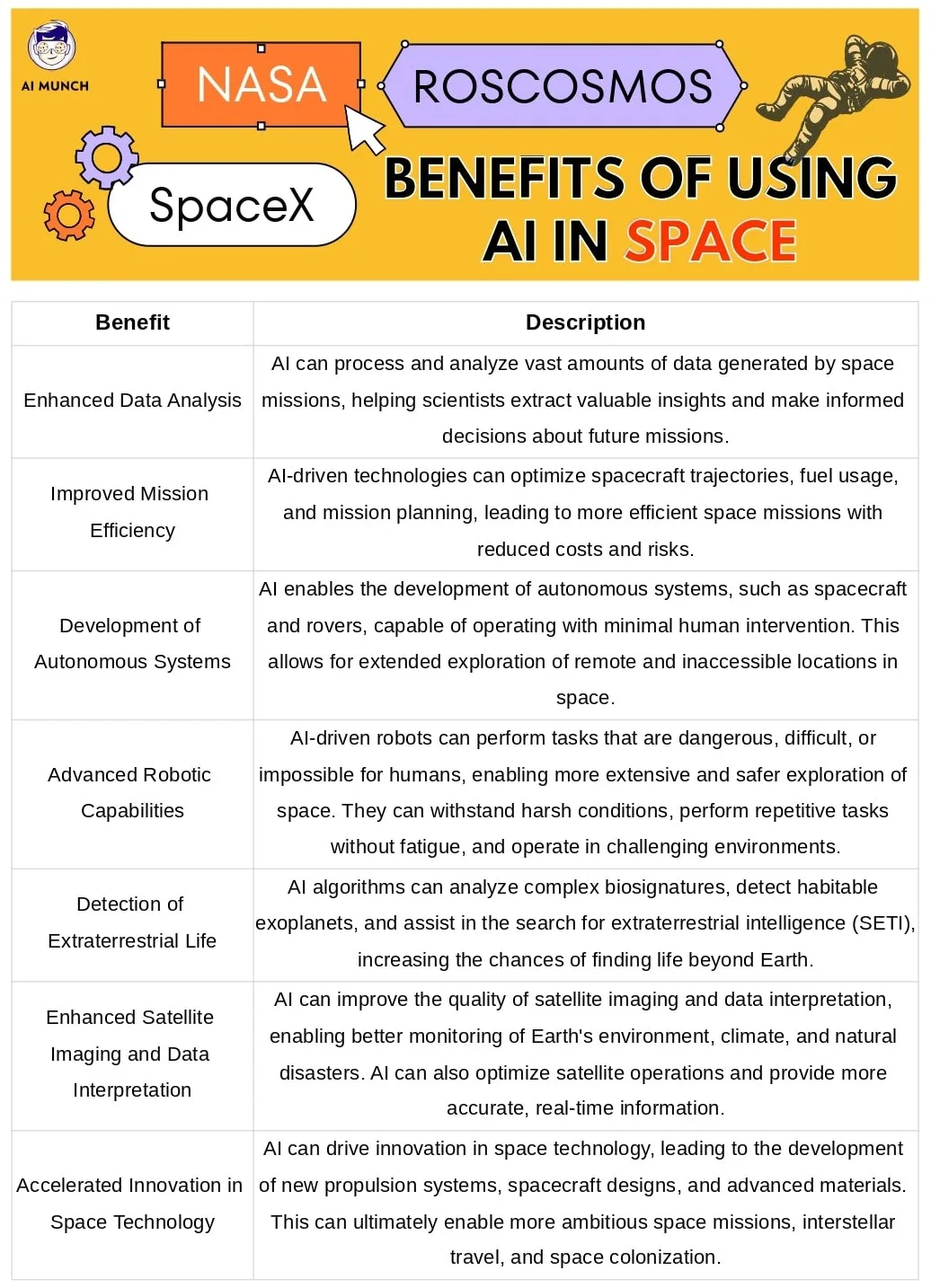
VI. The Future of AI in Space Exploration
A. The development of AI-powered interstellar probes
Interstellar probes powered by AI could one day go to faraway star systems and bring back vital information about planets, moons, and other bodies. These probes could go far beyond the solar system and help us learn more about the vast, unexplored parts of the universe. They could do this by using AI’s ability to navigate independently, make real-time decisions, and adapt to new situations.
B. AI-driven innovations in space colonization and terraforming
Space colonization and terraforming may have a bright future thanks to AI-driven innovations. With the help of AI, habitats, and ecosystems that work on other planets or moons can be designed. This is done by simulating different situations and using the best resources. In addition, robots powered by artificial intelligence could help human colonists on these distant planets with tasks like building, maintenance, and research.
C. The potential for AI-human collaboration in space exploration
AI and human cooperation will likely propel future space travel. Humans can provide the creativity, intuition, and emotional intelligence that AI currently lacks, while AI can help with tasks like data analysis, decision-making, and navigation. By working together, we can launch more complex and daring missions, expanding our reach and understanding of the universe.
VII. Ethical and Societal Considerations
A. The impact of AI-driven space exploration on international cooperation and competition
Using artificial intelligence in space exploration could bring nations closer together or drive them further apart. As artificial intelligence (AI) technologies become more critical to space missions, countries may work together to pool resources and share information. However, an artificial intelligence-driven space race may worsen competition and have significant geopolitical repercussions.
B. The importance of responsible AI development and application in space exploration
If humanity wants to get the most out of AI-driven technologies, they need to be developed and used in an ethical and sustainable way. Concerns like data privacy, algorithmic bias, and the potential for AI to be used for military purposes in space need to be addressed. Stakeholders can make sure that AI technologies are developed and used in ways that help society as a whole and do as little harm as possible by agreeing on a set of norms, regulations, and best practices that everyone accepts.
C. Addressing potential risks and challenges associated with AI in space exploration
Artificial intelligence has dark sides as well. Several risks and difficulties associated with using AI in space exploration must be tackled head-on. Concerns about how AI-driven space missions might affect the environment can be eased by, for example, making sure that AI-driven systems are reliable and safe. Stakeholders can ensure that AI technologies help with space exploration while keeping risks to a minimum if they think about and solve these problems ahead of time.
VIII. Conclusion
AI and machine learning can potentially change space exploration, from helping us learn more about the universe to making travel between stars easier. Using AI-driven technologies, we can look at vast amounts of data, plan missions better, and make self-driving systems that can explore the far reaches of space.
If AI is to be used to its fullest potential in space exploration, more research and development must be done on AI-driven space technologies. Researchers, engineers, and policymakers must work together to solve technical problems, consider moral and social issues, and encourage innovation.
As AI and machine learning improve, their uses in space exploration will give us new views of the universe, helping us figure out its mysteries and making it easier for people to go into space. By using AI in space exploration, we can go on a journey of discovery that will change how we think about the universe and push the limits of what humans can do.
FAQs
Data analysis, mission planning, robotics, and autonomous systems are a few AI uses in NASA. They uses AI-powered technologies to analyze huge amounts of data from space missions, improve the paths of spacecraft, and make self-driving systems that can explore and work in space with little help from humans.
Yes, NASA is actively using AI to improve its capacity for space exploration. They work with researchers, engineers, and other stakeholders to create and use AI-driven technologies that will improve mission effectiveness, data analysis, and spacecraft autonomy.
The first AI system in space was the Remote Agent, an AI software developed by NASA, which controlled the Deep Space 1 spacecraft during its mission in 1999. The Remote Agent demonstrated advanced autonomous capabilities, including planning, scheduling, and fault diagnosis, marking a significant milestone in AI-driven space exploration.
John McCarthy, an American computer scientist, is often called the “father of AI” because of his significant contributions to the field. McCarthy helped AI research grow in the early days. He invented the LISP programming language and used the term “artificial intelligence” for the first time in 1955.
AI is needed in space exploration to make missions more effective, improve data analysis, and make self-driving systems that can work in complex situations. AI-powered technologies make it possible to process and analyze vast amounts of data, improve the paths of spacecraft, and create robots that can explore and work in space with little help from humans.
In space, robots carry out tasks that would be risky, challenging, or impossible for humans to complete. Robots are beneficial for space exploration because they can handle harsh environments, do repetitive tasks without getting tired, and explore places that are hard to get to or don’t have much to offer.
Robots are useful in space for various reasons, including their ability to withstand harsh conditions, perform repetitive tasks without fatigue, and explore remote and inaccessible locations. They also provide valuable support for astronauts, conducting maintenance tasks, and assisting in scientific experiments.
Satellites use AI to improve their autonomy, image analysis, and data processing capabilities. AI-based technologies make it easier for satellites to process and analyze vast amounts of data, which enhances the quality of the images and data they send back. AI can also make satellites more self-sufficient by helping them figure out how to optimize their paths and do different tasks with less human help.
Yes, there are robots in space. NASA and other space agencies have deployed robotic spacecraft, landers, rovers, and robotic arms on various missions. Examples include the Mars rovers, such as Curiosity and Perseverance, and robotic arms on the International Space Station.
Do you want to read more? Check out these articles.
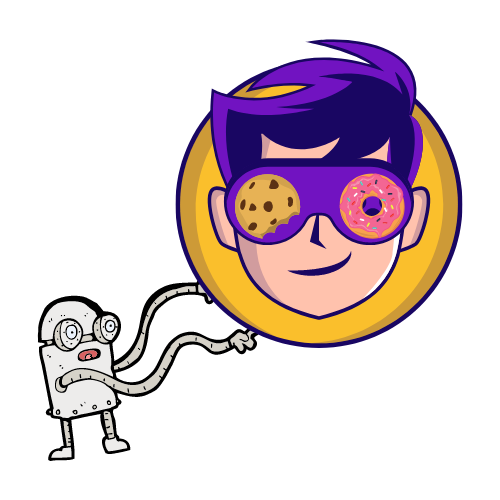
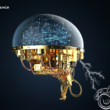

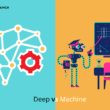
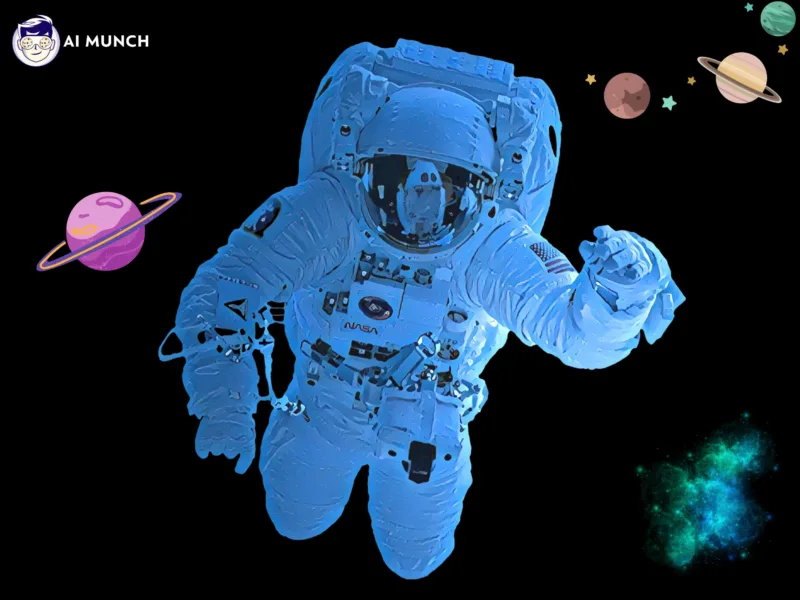


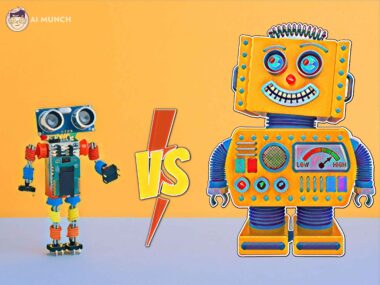
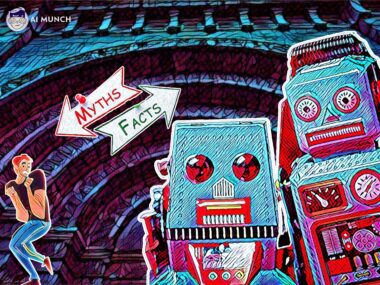
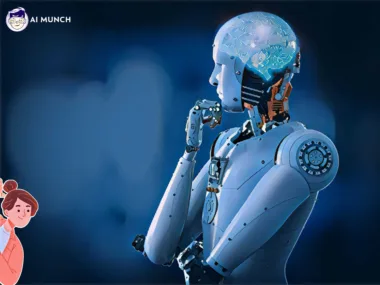

1 comment